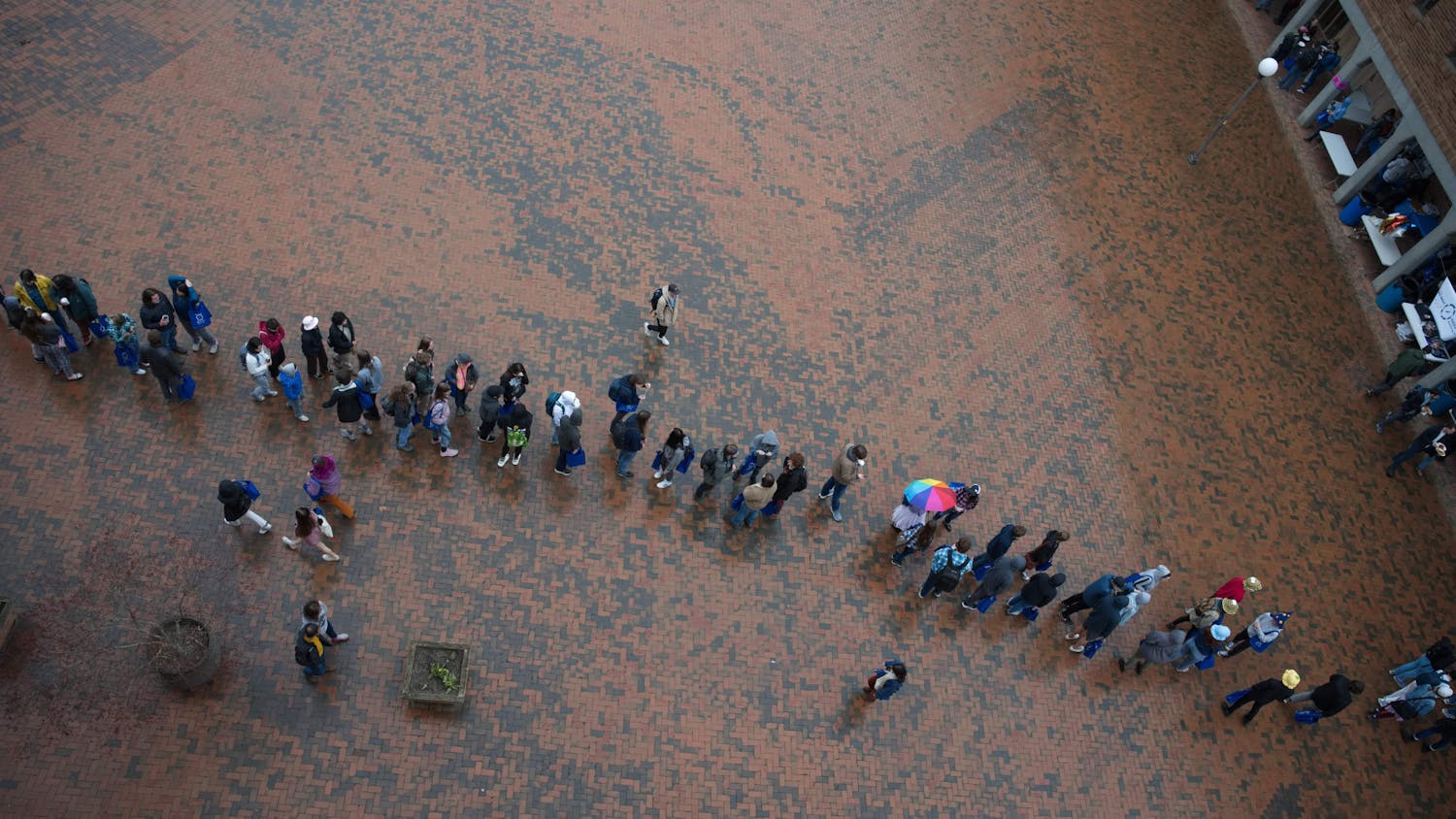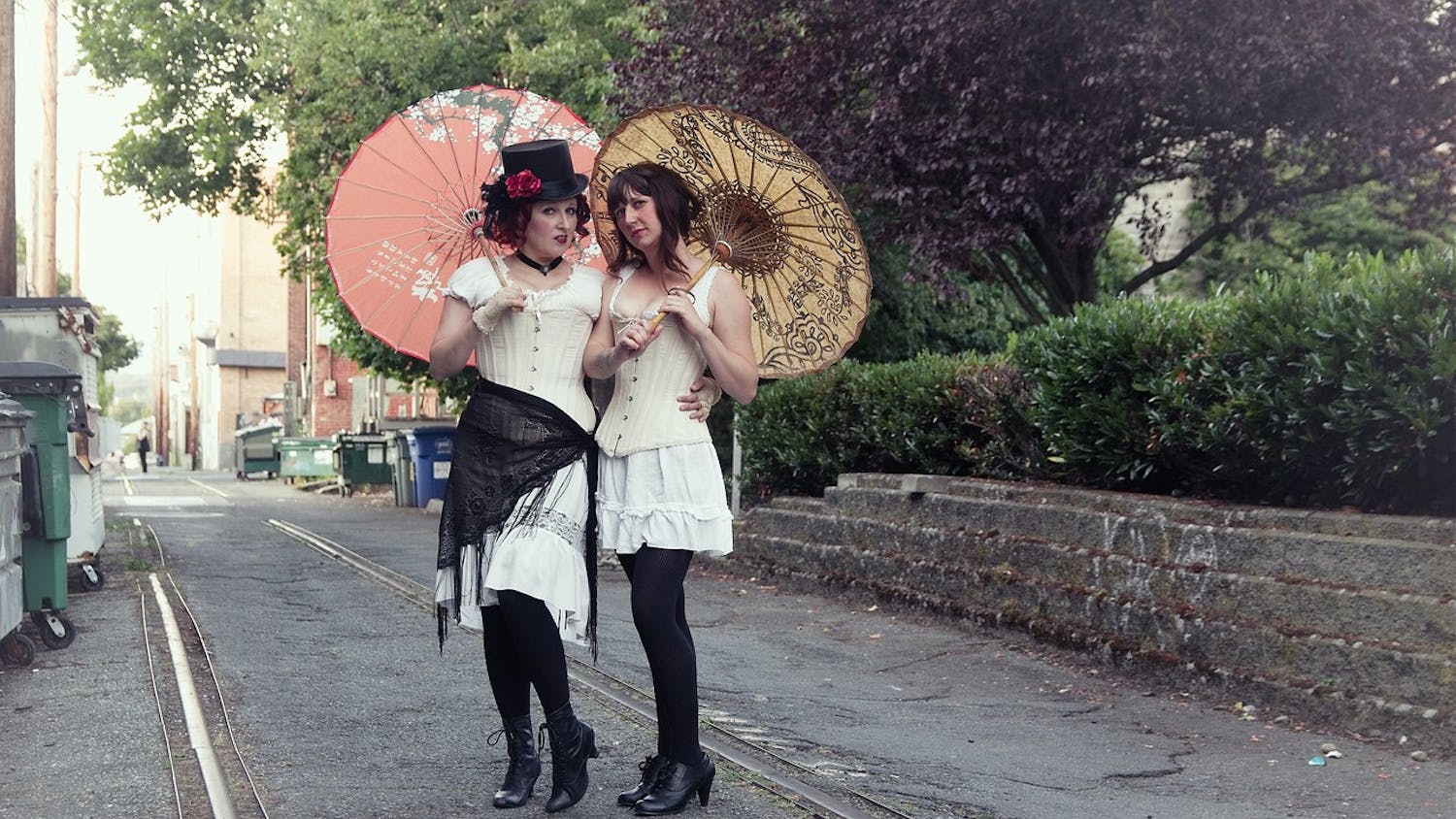By Natalie Breymeyer Solidarity, justice and responsibility. LGBTQ+ activist Sabina Neem spoke on all of these topics, applying them to the issues of race, ability, class, sexual orientation and identity at her speech Thursday, Oct. 20 at Western. “I will share my own experiences of feeling simultaneously part of the solution and part of the problem,” Neem said during her introduction. The beginning of Neem’s speech focused on the consequences of promoting a dominant masculinity role within our society. Raising boys to believe they can get whatever they want through hard work only leaves them feeling lost and angry when they inevitably fail, she said. Our society and media cultivates this myth, Neem said, which leads to events like the Pulse Nightclub shooting in Orlando. The shooting resulted in the killings of 49 people, making it the deadliest attack against the LGBTQ+ community in U.S. history. From these tragedies, anger is fostered among victims, supporters and allies. But anger does not always mean violence; rather we can use anger to heal ourselves, become more resilient and solve problems, Neem said. “It’s important for us to listen to those most impacted by inequality, while also staying in the conversation,” Neem said. “For us to use our voice and engage, but also listen.” Neem touched on privilege and remembering that white, middle-class routines and practices are not normal but cultural. This way, we can better understand complexities and diversity and move more towards liberation, Neem said. Neem concluded the speech by reminding students to be cognizant of other’s experiences that shape them into the person they are today. “Be careful to make sure we’re not creating more exclusionary practices in the process of trying to heal,” Neem said. Senior and Assistant Coordinator of the Queer Resource Center Katie Wallis enjoyed the positive outlook Neem kept returning to in her speech. “That’s something that we in the QRC have been working toward this year,” Wallis said. “Trying to also have a celebratory, less critical space.”





